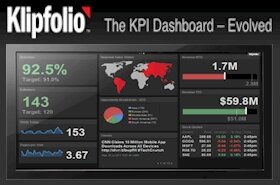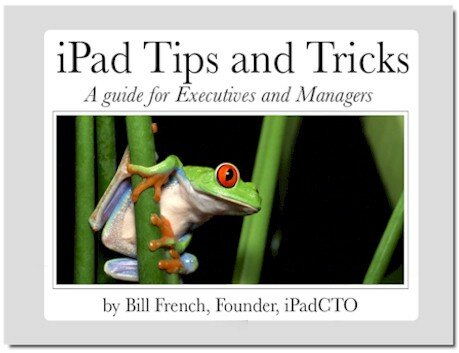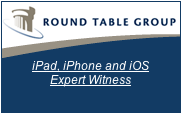Tweet
As typically the case, Seth Godin has managed to capture my attention with this excellent (elegantly constructed) post. Referring to Stanley Kubric’s 2001: A Space Oddesey …
“He saw images and stories that were available to anyone who chose to see them, but others averted their eyes, grabbed for the easy or the quick or the work that would satisfy the boss in closest proximity.”
Oddley enough, in 2001 I was fortunate enough to have lunch with Kubric’s co-writer, Aurthur C. Clark in concert with a speaking tour in southeast Asia. Having read all 139 essays by Clark, I was armed to the teeth with questions for this visionary.
Most memorable were my questions about the space elevator described in his novel, The Fountains of Paradise. I was curious how he envisioned this idea and he told me he hadn’t actually. It was a Russian scientist who first hatched the idea almost century earlier. He had only described a peripheral influence related to feasibility with emerging materials sciences. Indeed, a juxtaposition of two completely unrelated topics resulting in achievable innovation. He saw.
Hypothesis: Tablets, such as iPad and iPad Mini, may serve as the most compelling advancement in our ability to “see”.
I like to consider myself an innovator as well.
Last year I noticed a propensity of iForm users and developers who want to create notifications and detailed [often time-sensitive] reports of data collected in the field using mobile devices. I also noticed an expanding capacity for Google Docs to integrate with just about any modern web service.
Awareness of these emerging trends allowed me to rapidly form a juxtaposition which has led to a period of great financial success for me and my small team.
How did I “see” these trends? iPad.
If it were not for this device, I probably wouldn’t have spotted these independent, but seriously complementary technologies and I wouldn’t have created the Vizyx consultancy.
Has iPad helped to transform you into a peripheral visionary?
Permalink



















